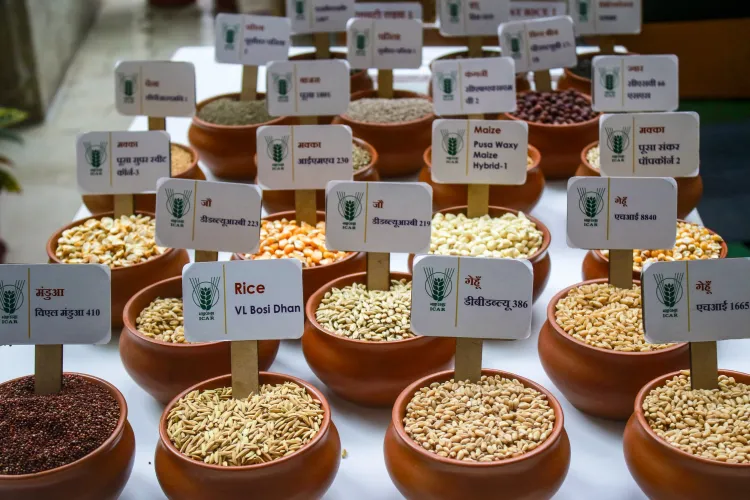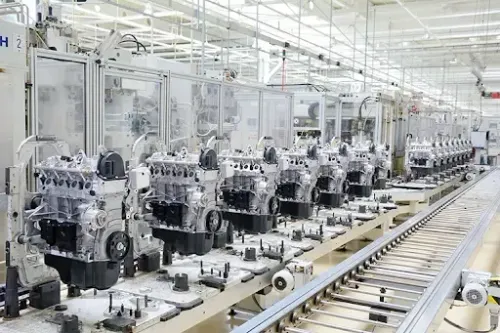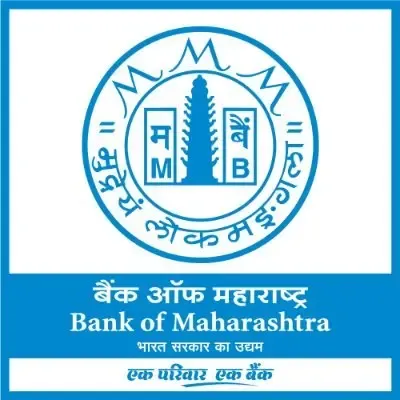Can India Achieve 350 Lakh Tonnes of Pulses Production by 2030-31?

Synopsis
Key Takeaways
- Mission for Aatmanirbharta in Pulses aims for 350 lakh tonnes production by 2030-31.
- Budget allocation of Rs 11,440 crore for the mission.
- Expansion of cultivation area to 310 lakh hectares.
- Nearly 2 crore farmers to benefit from the initiative.
- Focus on reducing import dependence for pulses.
New Delhi, Oct 11 (NationPress) On Saturday, Prime Minister Narendra Modi unveiled the 'Mission for Aatmanirbharta in Pulses' for the period of 2025-26 to 2030-31, supported by a significant budget of Rs 11,440 crore. This initiative aims to increase domestic pulses production to 350 lakh tonnes and expand the cultivation area to 310 lakh hectares by 2030-31.
It is anticipated that nearly 2 crore farmers will benefit from assured procurement, quality seed distribution, and improved value chain support, as stated in an official announcement.
India has undergone a notable evolution in pulses production over the years. The government's relentless efforts under the National Food Security and Nutrition Mission (NFSNM) have propelled production from 192.6 lakh tonnes in 2013-14 to 252.38 lakh tonnes by 2024-25 (third Advance Estimates), showcasing an impressive growth of over 31 percent.
Despite this progress, significant potential remains to further boost production and meet the rising consumption needs of the country.
During 2023-24, India imported 47.38 lakh tonnes of pulses while exporting 5.94 lakh tonnes, indicating room for structural enhancements.
This situation underscores that, even as one of the largest pulses producers globally, India's domestic production still has substantial capacity for growth to fulfill local demand, thereby highlighting the necessity of imports.
With imports reaching 47.38 lakh tonnes in 2023-24, the government has made self-sufficiency in pulses a top national priority, as noted in the statement.
Beyond their economic and trade implications, pulses are a vital source of nutrition. According to the National Institute of Nutrition, they contribute approximately 20-25 percent of total protein intake in Indian diets.
However, the per capita consumption of pulses remains below the recommended 85 grams per day, leading to issues of protein-energy malnutrition across the nation. Thus, boosting domestic production is not only economically essential but also crucial for enhancing public health.
Recognizing this dual importance, the government has placed significant focus on bolstering the pulses sector.
The 'Mission for Aatmanirbharta in Pulses' was introduced in the Union Budget for 2025-26 and received approval from the Union Cabinet on October 1, 2025.
This mission aims to promote domestic production, decrease import reliance, and pave the way for an Aatmanirbhar Bharat in the pulses sector.
To ensure effective implementation, states will develop rolling five-year seed production plans, with breeder seed production overseen by ICAR and quality assurance maintained via the SATHI portal.










